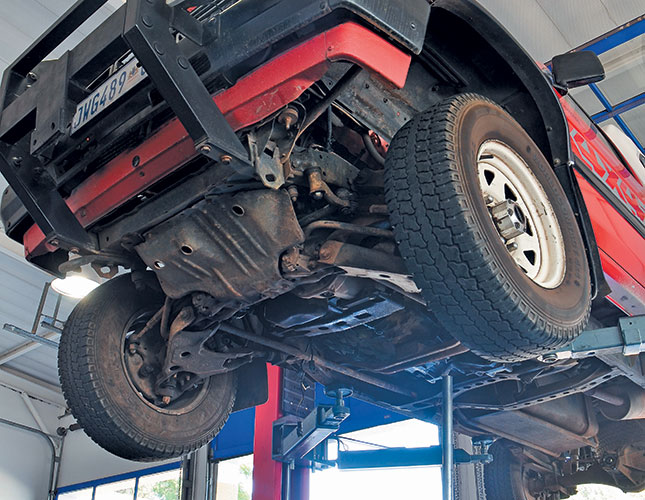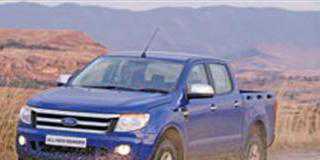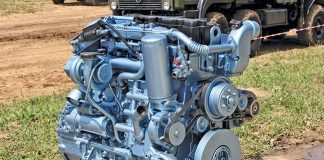
Photo: Quickpic
Four-wheel drive (4WD) vehicles have more gears, differentials and universal joints, and often work harder and endure more dirt, water and neglect, than family saloons. So if you’re buying one second-hand, do yourself a favour: conduct a thorough inspection of the body and its systems. (Engine evaluation will be the subject of a future article.)
Tough enough?
In general, the strength of a 4WD vehicle’s components will depend on its basic design. 4WD vehicles based on front-wheel-drive cars are not designed for serious off-road motoring and are not as strong as 4WD vehicles based on one-ton bakkies.
Top-of-the-range models designed for daily 4WD motoring are tougher still.
4WD vehicles based on family saloons generally do not have a chassis; the main structural parts of the body and framework are welded together. By contrast, one-ton bakkies and luxury 4WD vehicles usually have a separate chassis that can be unbolted from the bodywork.
In the case of a second-hand 4WD, the number and size of dents, cracks and scratches is a fair indication of the life the vehicle has led. Chassis outriggers may be cracked where they join the main frame if the vehicle has been overloaded and driven hard on rough roads.
Rock climbing usually leaves dents on exposed parts and a steel chassis will invariably have signs of rust. There may be indications that cross-members were twisted. Check for blocked drain holes; these are starting points for rust.
Drive-train
Drive-train components have a hard life. They are often stressed in difficult off-road conditions and therefore require maintenance and lubrication. A torn boot on a driveline joint or lubricant leaking from a differential housing or the gearbox casing should raise your suspicion.
Check gearbox and differential oil levels, and inspect oil samples for colour and cleanliness. Wading often causes water contamination that turns the oil milky-brown. To check the amount of dirt in the oil, allow a drop to fall on blotting paper. Clean oil leaves a single-coloured mark; the mark left by dirty oil has a dark ring on the outside.
Evaluate the drive train by driving at a steady but low speed with the windows open to listen for excessive noise. Take an expert with you, if needed; many 4x4s have a characteristic driveline noise that may be irritating but is nonetheless normal.
Suspension
To check the suspension, park the vehicle on a level road and look at it from a distance from various angles to check for sagging springs. The space between the top of a wheel and some reference point can also be used to determine whether sagging has taken place.
Place the vehicle on a lift or stands to examine the suspension systems and other components for wear and damage. Have a look at the bump stops; their condition will indicate how the springs are behaving, as well as how hard the vehicle has been driven on rough surfaces. Heavy winches can cause a front-end sag over time.
Test the shock absorbers by accelerating the vehicle uphill on a very bumpy road. If you continue in a straight line with no steering correction the shocks are doing their job. If the vehicle darts all over the road, replace the shocks.
Rust
Check for rust at the bottom of doors and tailgates where water and mud may collect and drain holes can become blocked. Have a good look underneath for any sign of excessive rust; this often indicates that the vehicle has been used to launch boats in salt water.
Jake Venter is a journalist, retired engineer and mathematician.












